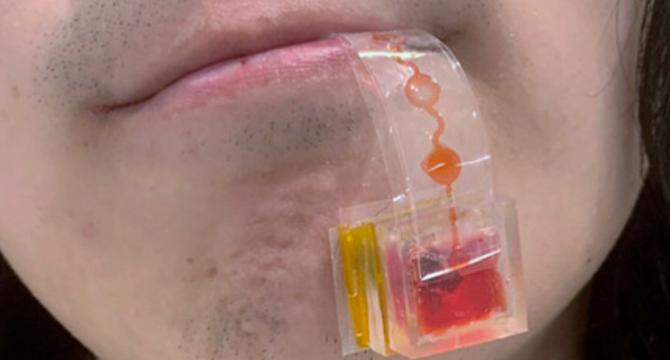Digitaltrends
1M
108

Image Credit: Digitaltrends
Seeing food in VR games? This sensor will put the real taste in your mouth
- A team from the Ohio State University has developed a sensing system called e-Taste that can replicate the taste of real food items and drinks remotely.
- The e-Taste system comprises a taster and a receiver, with the sensor detecting fundamental taste molecules like bitter, salty, sour, sweet, and umami.
- Through electrochemical data transmission, the receiver kit can replicate taste based on the detected chemicals, providing realistic tasting experiences.
- This innovation has potential applications in gaming, accessibility for individuals with disabilities, food identification, remote education, and medical taste perception analysis.
- Tested over short-range and long-range network protocols, e-Taste demonstrated efficient remote taste replication capabilities without distance limitations.
- The solution aims to enhance AR/VR experiences by incorporating realistic taste sensations to complement visuals and olfaction.
- While the system showed promising results in taste replication for various food items, the focus now lies on miniaturization and refining the delivery mechanism.
- The development of the e-Taste system opens avenues for immersive VR systems combining taste and smell for a multisensory virtual experience.
- Furthermore, experimental advancements in scent technology, such as Asus' aromatic oil diffusing mouse, indicate a growing trend towards multisensory computing interfaces.
- The potential for integrating taste technology into mainstream applications signifies a step towards creating more interactive and sensory-rich virtual environments.
Read Full Article
6 Likes
For uninterrupted reading, download the app